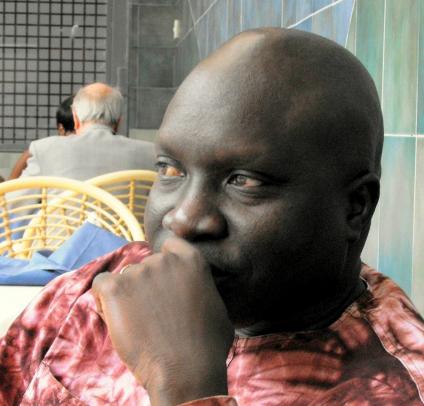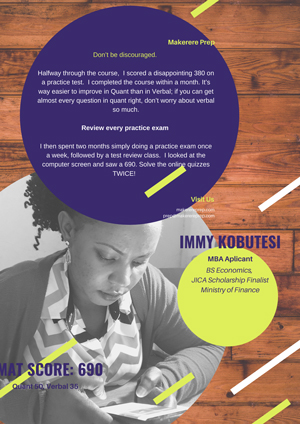In 2005, Juba was a rundown slum of a swarm of flies by day and noisy mosquitoes by night. We never despised it because the occupiers who ruled the town with the gun, fear and death, raped it to the core. For they knew they were going away anyway.
BY VICTOR LUGALA
Your Worship, the Mayor of Juba City, Mr Mohammad Al-Hajj Baballah, popularly known in Juba as Mohammad Kondako, I salute you for giving Juba a facelift, although polythene bags are still a menace.
From your days when you were a gum-chewing school teacher in Malakia, when Juba’s public squares were open-air toilets, where men and their in-laws exposed their nudity with little regard to etiquette, one can certainly say we have come a long way from the dehumanising days of the ‘bucket system’. People who often move at a snail’s pace find excuse in archaic and tired phrases like ‘Rome was not built in a day’. However, technologically speaking, we can confidently say Juba can be built in a week.
When we prepared to usher in our hard-won independence, we saw City Council workers sweeping the streets of dust and the rot of ages. With the rains, the seedlings and flowers are doing very well, although people who cannot differentiate a flower from a shrub are trampling on the efforts of our dedicated workers. The feet of such trespassers are only fit to roam the forest.
It is my sincere hope that all this hard work of the City Council was not only a charade for visitors who came for the independence to make believe that we are a hard working nation. Now that we are independent we must work hard like mad to catch up with cities like Addis Ababa, Kigali, and Cape Town, to mention a few.
In 2005, Juba was a rundown slum of dusty and potholed roads, ‘flying toilets’, stray dogs and skinny donkeys, a swarm of flies by day and noisy mosquitoes by night, to say the least. We never despised it because the occupiers who ruled the town with the gun, fear and death, raped it to the core. For they knew they were going away anyway.
A SLUM GROWS
In the last five years the big slum has grown into a capital city spreading in all directions like an octopus. Soon foreign visitors will have to move with maps in their pockets, and newcomers from the village will be forced to spend a night in a lodge when they fail to locate a relative’s mansion. Courier companies, taxis and bodaboda operators will find it difficult to drop a parcel or a passenger to a particular home because there are no landmarks.
One day I was looking for the house of a friend. He told me his house was at HaiThoura. “HaiThoura is large, my friend,” I said to him on phone. He laughed and said to me, “Just come to ShejerGbolo, turn right and give me a shout.”
ShejerGbolo is a withering tree along the road connecting the University of Juba campus to Buluk Police Training Ground. The tree is popular among Jubans because in the 1980s it was an open-air black-market for selling petrol in bottles and gallons. The fuel sold under this tree was siphoned from government vehicles by unscrupulous drivers. So, corruption in Juba did not start with the CPA Eating Chiefs.
The road linking the University of Juba to the Buluk Police Ground has no name. Just call it University Way for convenience. All the streets in Juba have no names except Tombura Road which has stuck. And nobody should change it.
James Tombura (RIP) was a minister for Roads in General Joseph Lagu’s government. The man was uncomfortable sitting in a cool office. He was on the road driving tippers and bulldozers. He was a cabinet minister extraordinaire. The street has immortalized his stature.
STREETS WITH NO NAMES
If Juba streets have no names, it does not mean they never existed. Records indicate that street names like Haile Selasie, Unity, Ngun-Deng, Gbudwe existed, just like the Freedom Square at konyokonyo, which has shamefully been turned into a used-car bazaar.
Whatever happened to the street signs? Ask the blacksmiths at Konyokonyo market who plundered the scrap metal to make knives, hoes and cooking pots.
Street names make it easy to locate a particular address, building, school, hospital, church, recreational centre, supermarket or shopping mall.
Street names of cities reflect the history of a country. Names we don’t lack because our modern history is peopled with heroes and heroines who played a key role in our liberation struggle. Such names include people Like Joseph Lagu, John Garang, NyacigakNyachilluk, Ager Gum, Aggrey Jaden, KeryubinoKuanyin Bol, Ali Gbutala, Gordon Mortat, SartuninoOhure, the list is as long as the streets and lanes we have.
But your Worship Baballah, I know you are a man of action, so when you start the street naming don’t forget Machakos, the Kenyan town where the first protocol was signed, the very protocol that granted us the right to self-determination and now independence. Also name another street after Naivasha, the Kenyan town where the five protocols of the CPA were signed. But most importantly name a street after retired Kenyan President Daniel arap Moi, the godfather of our peace process. And don’t forget to name a street after General Lazurus Sumbeiyo, the tough chief negotiator who used his military and diplomatic skills to hammer the CPA.
With such names gracing our streets, how can posterity forget our history that is written in blood and tears?




